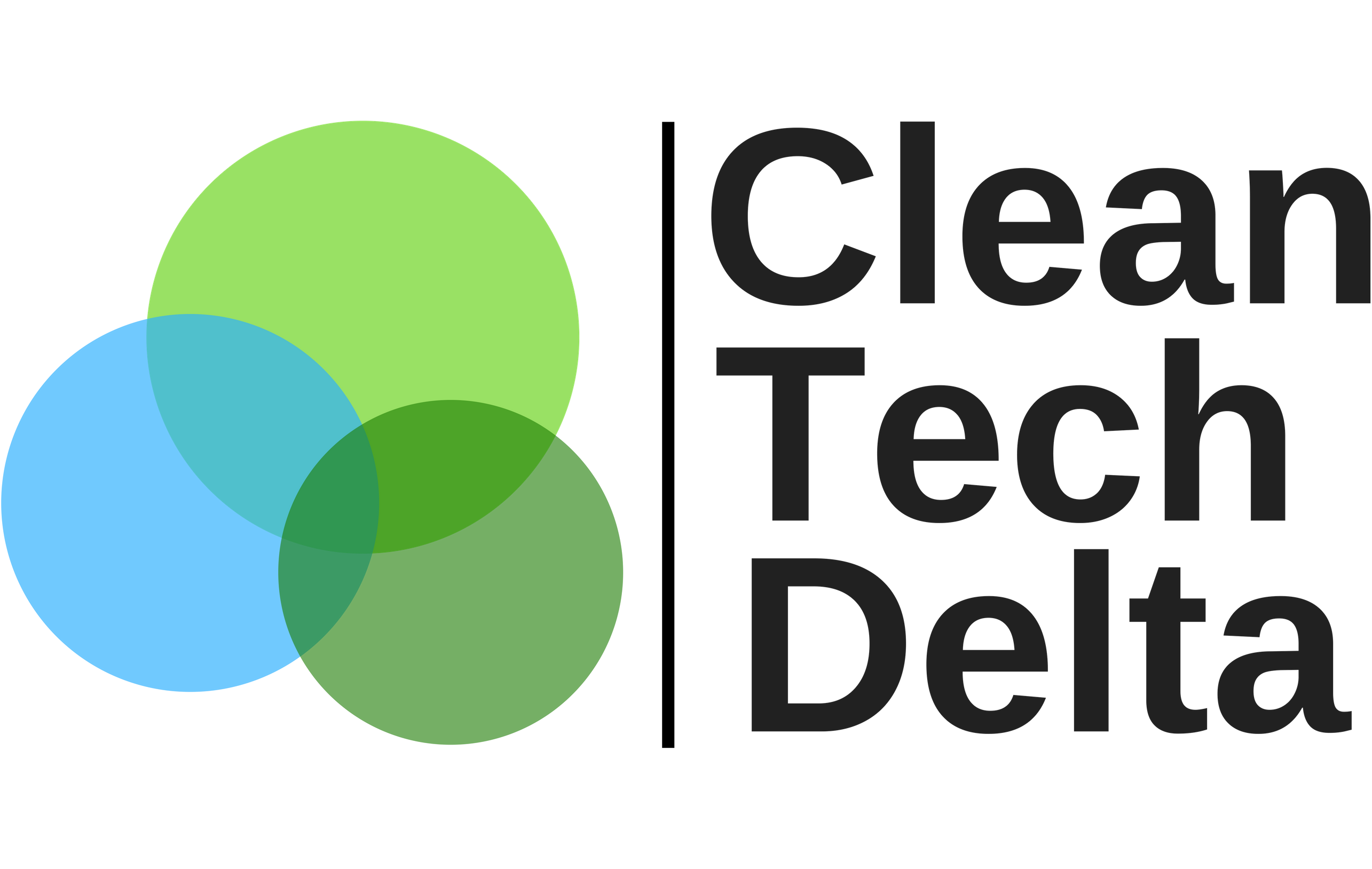Energy Storage
The recent Clean Tech Delta event looked at the future of energy storage. Storage absorbs and releases energy so that it can be generated at one time and used at another. Major forms include lithium-ion, molten salt batteries, fly wheels as well as flow cells. Benefits are: smoothing of the flow of power, back up service to improve reliability of electricity systems, improvement of the utilization of power generation, transmission and distribution assets and lastly -where cost of generating power are significantly lower at one point in time than another- storage can help to optimize the costs. As the costs of storage falls, ownership will broaden and new business models will emerge as demonstrated during our event for different markets.
Primary use cases are multiple but dominated by frequency regulation and reserve capacity. Digital technology like AI and blockchain enable new aggregation based business models like behind the meter storage as a service, leading to greater flexibility for utilities and more choice for customers. Energy storage will transform the entire electricity value chain as it enables a broader mix of large-scale renewables in the generation stack, creates a more modular, flexible, and localized electricity distribution system, and delivers increased value for customers.
Clearly there is opportunity in the stationary storage markets of which the future size is estimated at 35B$ and 170B$ by 2030. Others, estimate the market at 19B$ by 2025. Bottom line: it is big and growing fast with stand out markets India and China. In assessing market opportunity it is important to separate short – from long duration applications; grid stability and renewables deployment respectively. “Horses for causes”: short and long duration applications have different technology options and value cases.
What will be the leading energy storage technologies going forward? Not only the different applications will determine the mix of successful storage technologies but also local factors like the maturity of the local storage industry, the technical life of the local energy infrastructure and the local access to capital ( low access means a choice for low first costs solutions ). Also critical is the relative cost curve development of different technologies in the future. Lux Research in a 2017 report segmented the stationary storage markets in 24 sub markets using long / short duration, residential / industrial, geography and 6 technology categories as segmentation variables. Although they conclude that Li-ion is likely to have the lion share of stationary energy storage deployment in the near future, they note that the larger storage industry is geared towards the much larger transportation market.
Local entrepreneurs and developers can benefit from a detailed understanding of the local segmentation of stationary storage solutions, winning technologies (taking into account their relative cost curve development) and the most valuable local use cases. We have called for project ideas for different markets at our recent event. Do not hesitate to contact us if you want to discuss innovative storage solutions applied in our region.
